
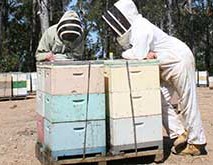
Beekeepers in NSW now have an advisor on hand to help them keep their hives free from pests and diseases. Hayley Pragert has started work in the new role of Bee Biosecurity Officer as part of a joint industry–government initiative to look after Australia’s honey bees. Alison Saunders, Horticultural Cropping Manager at Plant Health Australia […] Read more
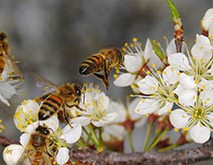
Australia’s honey bees are some of the healthiest in the world, free from many pests and diseases found elsewhere. To help keep it that way, the manual that provides biosecurity advice to beekeepers has been updated and is now available. Over recent years the number of people taking up beekeeping has increased markedly in both […] Read more
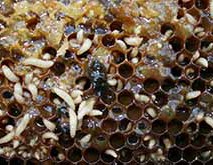
Fermenting slime isn’t exactly attractive to us, but it’s one of the many odours being tested in lures aimed at keeping small hive beetles out of bee hives as the pests start to move around over summer. Small hive beetles are estimated to cause millions of dollars in losses to beekeepers in Australia each year […] Read more
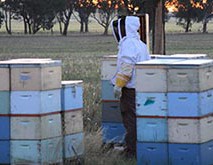
Healthier hives and better beekeepers will be the end result of the appointment of new extension staff across the country, tasked with improving the management of existing bee pests and diseases, and boosting surveillance for exotic pests such as Varroa mite. The Bee Biosecurity Officers will be funded by around $400,000 of industry funds through […] Read more
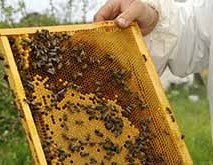
Australia’s first national survey of honey bee viruses has found we have one of the healthiest honey bee (Apis mellifera) populations in the world – a key step in re-establishing and maintaining export markets for breeding stock. The last survey was conducted almost 30 years ago and only in eastern Australia, and the significant gaps […] Read more

With hundreds of beekeepers starting out in the industry each year, training is vital to ensure they learn and follow best practice when it comes to the basic skills. A series of new videos is now available online and will be provided to Registered Training Organisations offering relevant courses, with all of Australia’s estimated 12,400 […] Read more
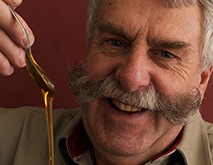
Beekeeper Lindsay Bourke, who owns and runs Australian Honey Products, has bred bees that clean out their brood nest at the whiff of a pest or disease. Lindsay is a finalist for the Plant Biosecurity Farmer of the Year Award, sponsored by Plant Health Australia. He manages 3,600 hives for honey production and the pollination […] Read more
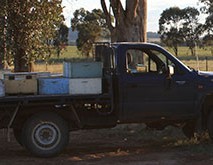
Restricting the movement of hives would be the best way to stop the spread of an exotic pest of honey bees – but could have a significant impact on the production of fruits, vegetables and nuts if it happened during pollination season. This is one of the main findings from a simulation exercise carried out […] Read more
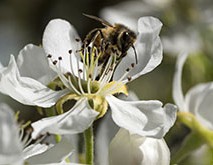
There are big benefits to be had from honey bee pollination, according to Plant Health Australia (PHA), and the best way to find out how is to check the crop-specific information on the BeeAware website and keep up-to-date by signing up for the monthly e-newsletter. BeeAware is a hub of information for growers and beekeepers […] Read more

Over recent years the number of beekeepers in Australia has increased markedly in both urban and regional areas. They now have access to a wealth of information about keeping bees and honey bee biosecurity with the release of the book the Australian Beekeeping Guide. This book was previously published under the title Beekeeping in 1991. […] Read more
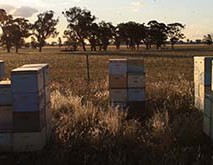
Sneaking into Australia through northern ports just got harder for exotic bees and pests, with the installation of a network of 20 hives monitored by mobile phone cameras and sensors. The hives have been deployed as part of a national trial by the National Bee Pest Surveillance Program (NBPSP) in Brisbane, Gladstone, Weipa and Darwin […] Read more

Australian farmers and beekeepers now have access to a world-first smart-phone application to help ensure the safety of bees during normal farming practices. CropLife Australia today launched BeeConnected, a first of its kind geomap based, user-driven communication and coordination tool to help protect Australia’s honey bee population. Chief Executive Officer of CropLife Australia, Matthew Cossey, […] Read more

According to Lindsay Bourke, finalist in the 2014 Plant Biosecurity Farmer of the Year Award, a biosecurity plan is an investment in the future of a business and the community. The beekeeper manages 3,600 hives for honey production and the pollination of over 80 crops. The main product of his company Australian Honey Products is […] Read more
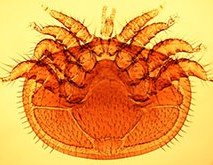
Varroa jacobsoni is a parasitic mite that has emerged as a serious pest of European honeybees (Apis mellifera) following a recent jump from its natural host, the Asian honeybee (Apis cerana). A recent report by CSIRO has shown for the first time this mite reproducing on European honey bees. Read more
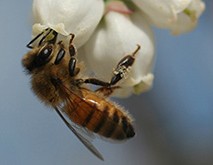
The use of netting to protect crops from hail, wind and birds is becoming increasingly popular among fruit growers but it can seriously affect pollination. Trevor Monson, who coordinates the placement of thousands of hives each year for orchardists and other growers, says the key to getting the most from honeybees is to talk to […] Read more
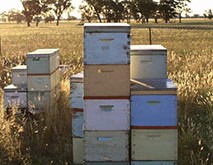
A symposium held in Canberra on 9 April 2014 concluded that neonicotinoids, a newer class of insecticide commonly used to control insect pests in crops, are unlikely to be presenting any greater threat to honey bees and crop pollination than other pesticides which have been in use for many years. Read more
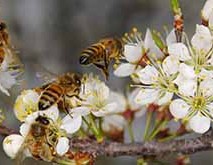
On 12 December 2013, the Senate referred an inquiry into the future of the beekeeping and pollination service industries to the Rural and Regional Affairs and Transport References Committee. Read more

Beekeepers are being urged to vote on a proposed increase to the honey levy to fund the National Bee Pest Surveillance Program, an early warning system designed to help keep Australia free of pest bees and bee pests. Read more
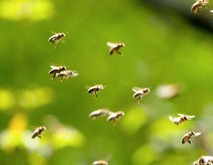
The Australian Pesticide and Veterinary Medicines Authority (APVMA) has completed a broad overview of issues relating to honey bee health in Australia, with a particular focus on the use of neonicotinoid insecticides. Read more